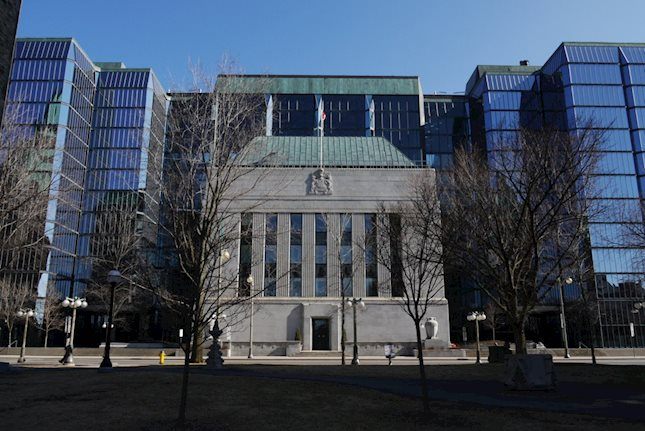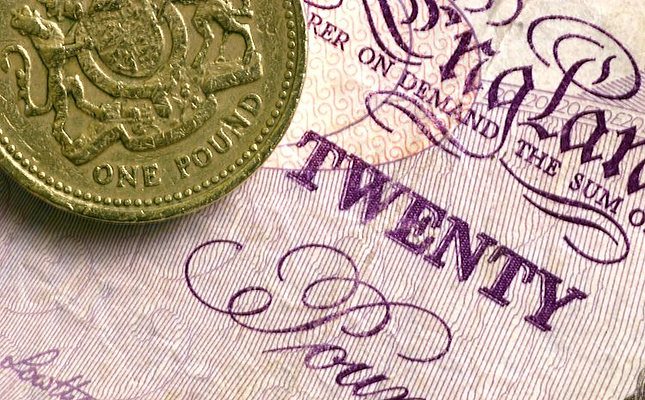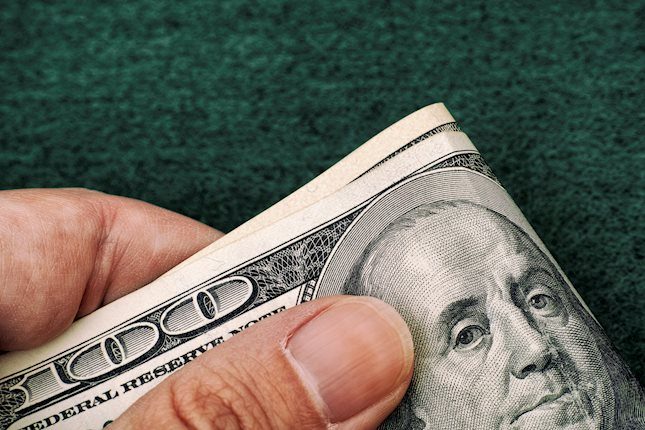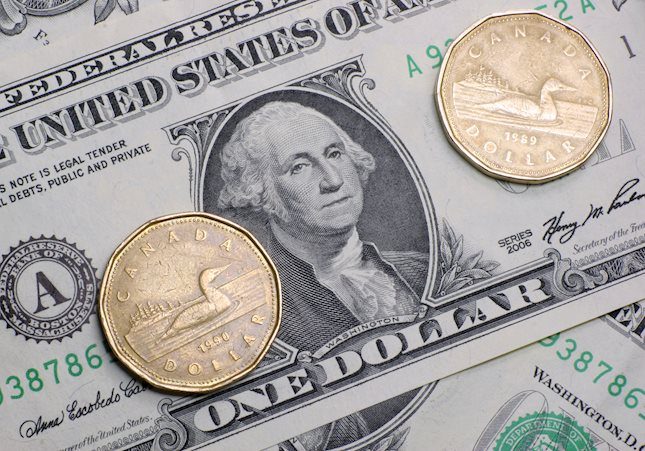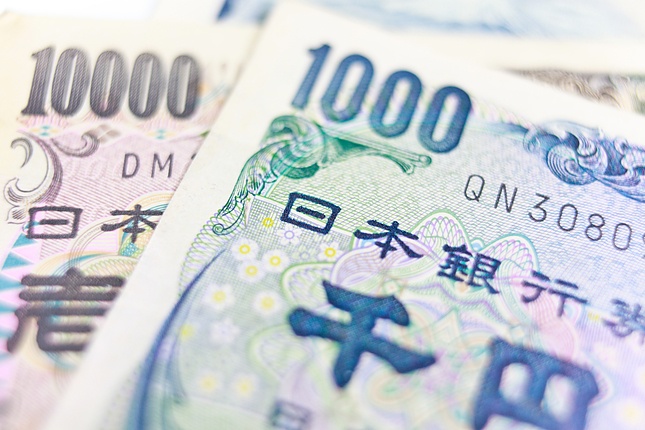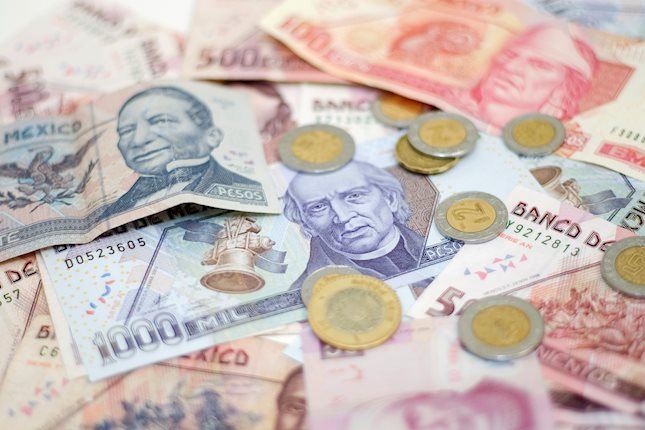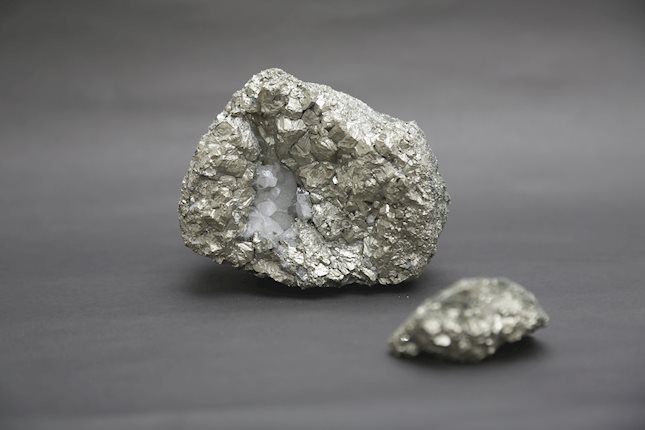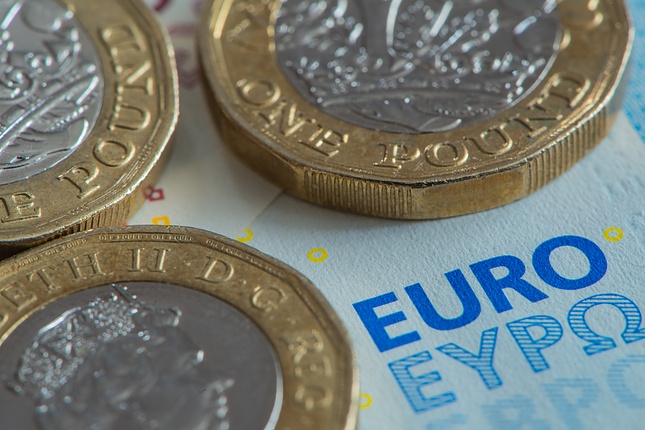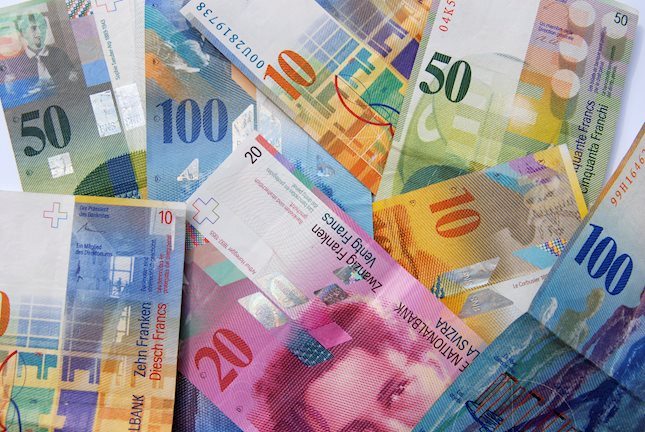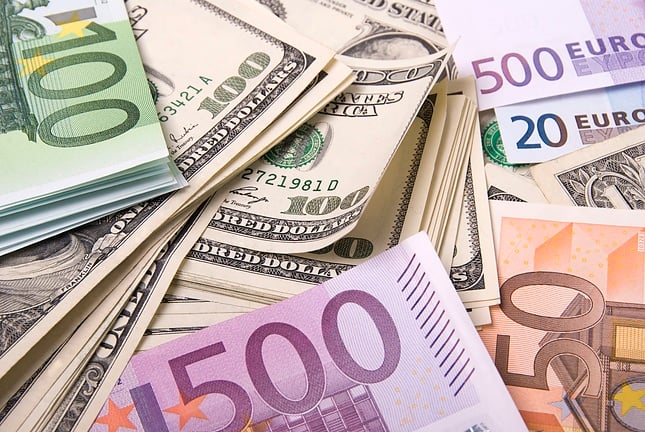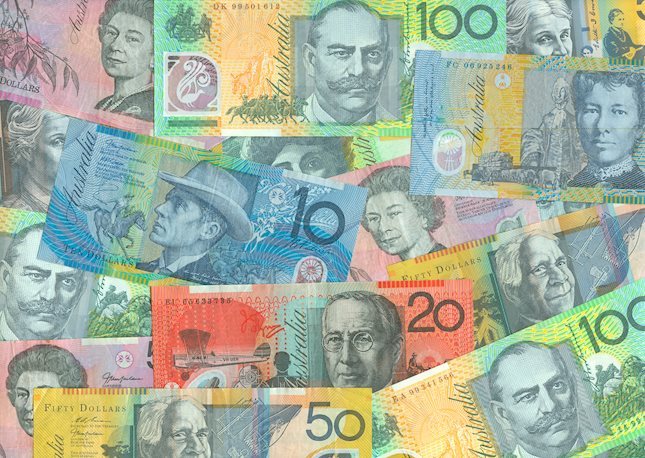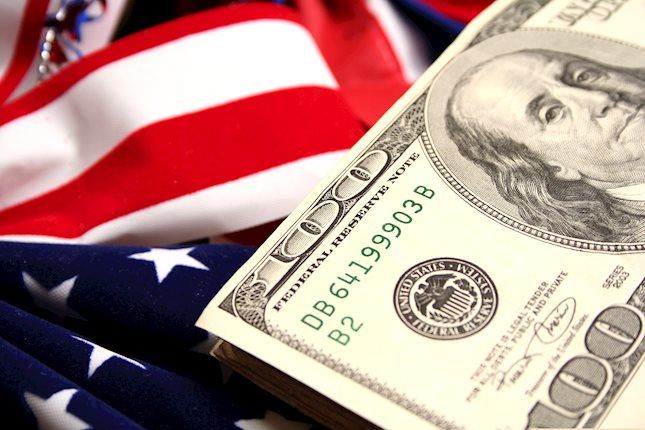USD/JPY extends uptrend on political uncertainty whilst USD benefits from economic outlook
- USD/JPY is rising as pre-election concerns the ruling LDP party could lose and weaken the Yen.
- A change in leadership could influence the BoJ’s policy trajectory, keep interest rates low, and weigh on JPY.
- The US Dollar benefits from an improved economic outlook and less aggressive monetary easing projections.
USD/JPY is trading over 1.2% higher on Wednesday as it exchanges hands in the 152.90s, an over ten-week high for the pair. USD/JPY is slightly off its highs of the day after the US Dollar (USD) edged lower following the release of US Mortgage Applications, which sank by 6.7% in the third week of October. It was the metric’s fourth consecutive contraction and extended the 17% plunge registered in the previous week (ending October 11).
More broadly, a combination of political instability in Japan and shifting economic forecasts, coupled with a revision of expectations about the future path of interest rates in the United States (US) is propelling the pair higher.
The Japanese Yen (JPY) has been experiencing considerable selling pressure due to domestic political uncertainty. Recent polls suggest that the ruling Liberal Democratic Party (LDP) may lose its majority in the upcoming general election. A potential leadership shift or the need for a coalition could complicate the government's policy-making, including the Bank of Japan’s (BoJ) approach to policymaking – a major factor impacting the Yen.
The International Monetary Fund's (IMF) downgrade of Japan's economic growth forecast to 0.3% for this year, down from a previous 0.7%, further exacerbates this pressure. A weaker economic outlook generally reduces demand for a currency, contributing to a decline in its value.
In the near term, the weak growth reflected in these revisions is contributing to downward momentum for the Yen, which can lead to an increase in the USD/JPY exchange rate.
In addition, recent Japanese inflation data has fallen below the BoJ’s forecast projections suggesting the bank may not be able to increase interest rates from their relatively low 0.25% level. Lower interest rates are negative for a currency as they can cause capital outflows.
On the other hand, the US Dollar (USD) is enjoying a period of upside against the Yen, supported by a change in the outlook for monetary policy by the US Federal Reserve (Fed). Although the Fed decided to slash interest rates by 50 basis points (bps) (0.50%) at its September policy meeting due to concerns regarding the weakening of the US labor market, data since has calmed investor fears about employment in the US.
As a result, the Fed is now not expected to follow up with another double-dose rate cut in October, as had previously been suspected. This diluting down of the forecast trajectory for interest rates in the US has supported a rebound in the US Dollar, and a rise in USD/JPY. The less drastic fall in interest rates is supportive for the USD because it increases foreign capital inflows.
To summarize, the mixture of political uncertainty, weak projected growth, and permanently low interest rates in Japan, versus the more buoyant economic outlook in the US and less dovish monetary policy stance of the Federal Reserve, is leading to gains for USD/JPY that could very well extend.
Forex News
Keep up with the financial markets, know what's happening and what is affecting the markets with our latest market updates. Analyze market movers, trends and build your trading strategies accordingly.

